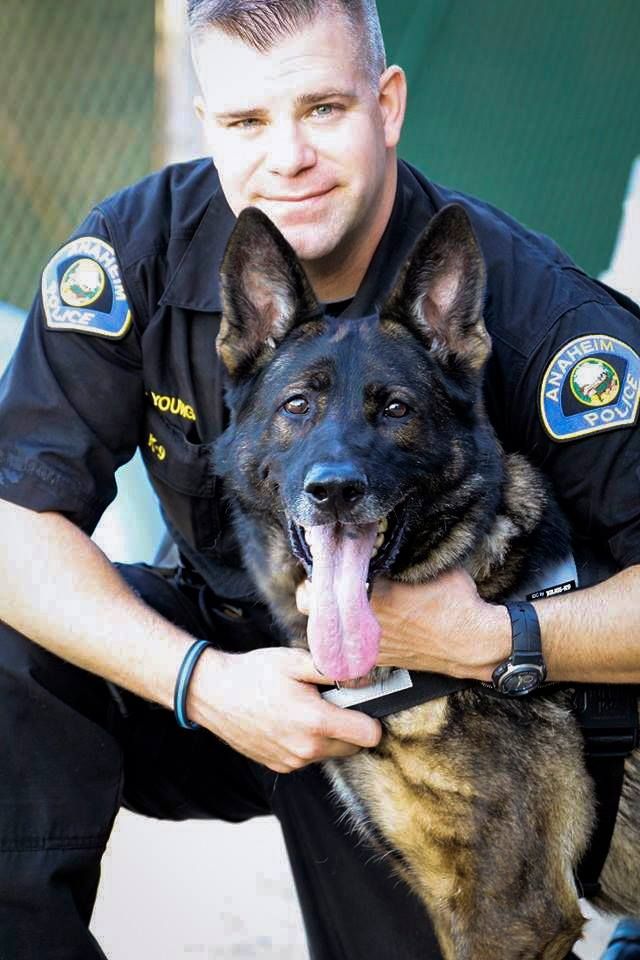Reading Time: 3 mins, 38 secs.
Military dog adoption uniquely allows civilians to rehome military working dogs. Military working dogs are also known as, MWD. In brief, these dogs are especially unique as they’re retired from serving.
Notably retired from duty, military working dogs are now on a special mission, by all means, to find a forever home. To point out, before 2000, military war dogs were euthanized or given to an allied army. In 2000, President Clinton significantly signed a law approving military dog adoption.
| Military Working Dogs May Have: |
|
|
|
|
|
|
|
|
|
QUESTION: Do military working dogs have a set of skills?
ANSWER: Yes and as a result of the inability of performing those learned skills, consequently military dogs are no longer cut out for military lifestyles.
QUESTION: Do retired military working dogs still receive military benefits?
ANSWER: All in all, after a military dog is adopted, MWDs lose benefits. In other words, pet parents considering military dog adoption are responsible for any health issues.
QUESTION: Is military working dog adoption available through the U.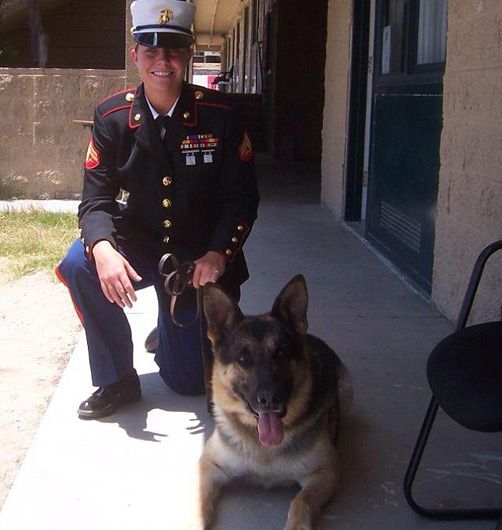 S. Air Force site?
S. Air Force site?
ANSWER : Considering military working dog adoption? In that case, speak to a US Air Force representative.
QUESTION: Does a military dog adoption entail rehabilitation of the canine?
ANSWER: In effect, many military dogs retire with Post Traumatic Stress Disorder. For this reason, they need a safe and neutral environment.
QUESTION: Don’t all military working dogs need homes upon retirement?
ANSWER: Surprisingly, 90% of MWDs end up with their handlers. After which, a few military working dogs are available for the most part available for adoption.
QUESTION: Should I expect retired military working dogs to be a particular breed and young?
ANSWER: Overall the available MWDs for working dog adoption are altogether between 10 and 12 years old.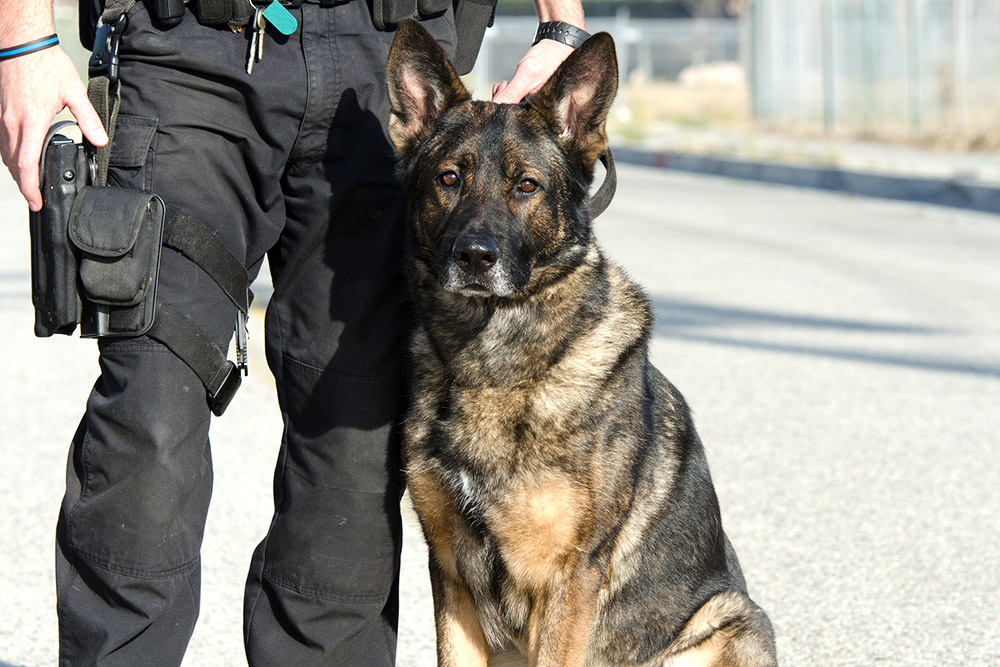 To be noted, German Shepards, Labrador Retrievers, and Belgian Malinois are popular.
To be noted, German Shepards, Labrador Retrievers, and Belgian Malinois are popular.
Military dog adoption is possible, although it is necessary to practice patience and specifically follow the rules.
1.) Check the Mission K9 Rescue website: for their availability of MWDs.
2.) Review the adoption forms and answer all of the questions appropriately.
3.) Meet Expectations: In brief, most MWD dogs aren’t for kids under five years old. Due to each facility’s requirements, to be noted, you must meet their standards. In specific, TSA requires a fenced yard, no intention to move within six months, adherence to ordinances, medical, and training.
4.) Visit a Facility: Given these points, make an appointment to visit a facility in the hope to interact with a MWD.
5.) Rehome a MWD: Interested in adopting a military working dog and in particular, learning more about military dog adoption? Call the Lackland Air Force site.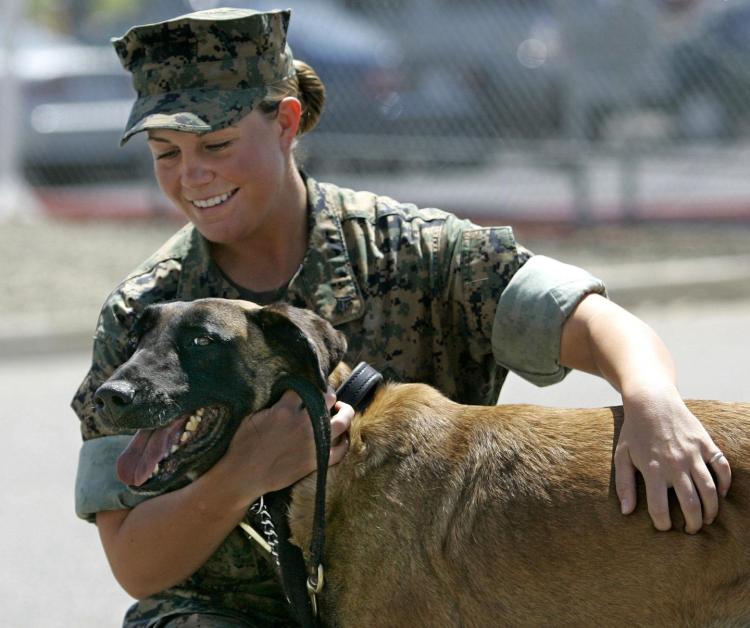
6.) Pick up your MWD: For one thing, bring a crate and a leash for your MWD’s safe transit.
Items a pet parent may need for their MWD in the long run:
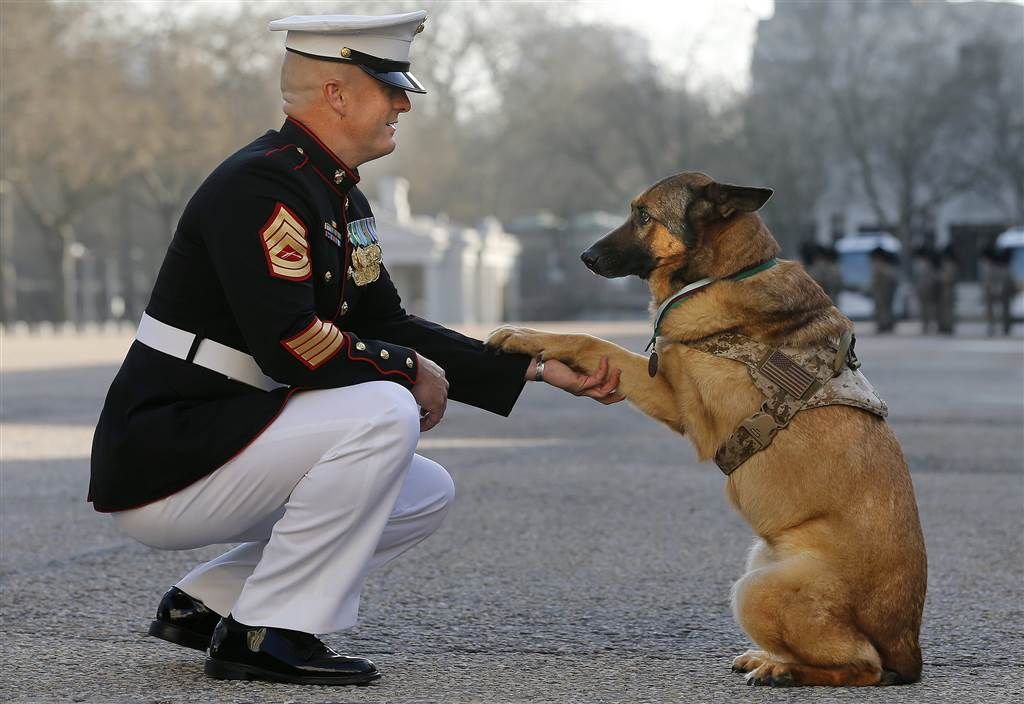
To sum up, these notable military and law enforcement sites are tremendous in spirit and service.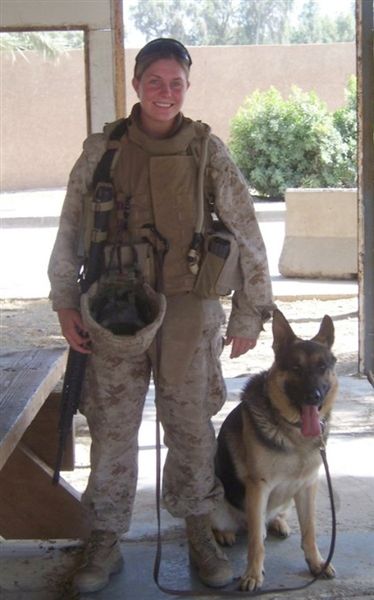 In sum, they provide civilians as well as Vets with retired service dogs adoptions.
In sum, they provide civilians as well as Vets with retired service dogs adoptions.
1.) Saveavet.org – In this case, Saveavet.org is an active military and law enforcement working dog rescue.
2.) VetsAdoptPets.org – In detail, Vetsadoptpets.org ultimately allows users the ability to specifically check out TSA adoption possibilities.
3.) Solidersbestfriend.org – On the whole, Soildersbestfriend.org is markedly pairing PTSD veterans along with retired military service dogs.
By
Laura Mueller
Laura Mueller
Laura Mueller is a well-regarded animal rescue expert and writer with nearly a decade of experience in animal advocacy. Laura is the former editor of Tails Pet Magazine and volunteers in animal rescue, including Chicago’s Anti-Cruelty Society and Starfish Animal Rescue.
Learn more about The Spruce Pets' Editorial Process
Updated on 04/06/21
When police dogs retire, they can be adopted by their handlers or other service members. If that's not an option, they can be adopted out into the general public. Adopting a retired police dog is a good way to give back to an animal that worked to keep your neighborhood or city safe. Though there is no one specific organization dedicated to finding policing dogs homes, there are organizations that work to help former working dogs, including putting them in good homes.
If that's not an option, they can be adopted out into the general public. Adopting a retired police dog is a good way to give back to an animal that worked to keep your neighborhood or city safe. Though there is no one specific organization dedicated to finding policing dogs homes, there are organizations that work to help former working dogs, including putting them in good homes.
Many police departments around the country employ special K-9 units that assist officers in everything from finding missing people to searching for evidence at crime scenes. These heavily trained dogs are true partners to their human companions, working tirelessly alongside them to keep their handlers—and the rest of us—safe.
Up until the year 2000, most retired police dogs were euthanized, a shocking practice that was thankfully stopped when Robby’s Law was signed by then-President Bill Clinton. Under the new law, which still stands today, dogs retiring from service in law enforcement or the military can be adopted by their handlers or other service members or the general public.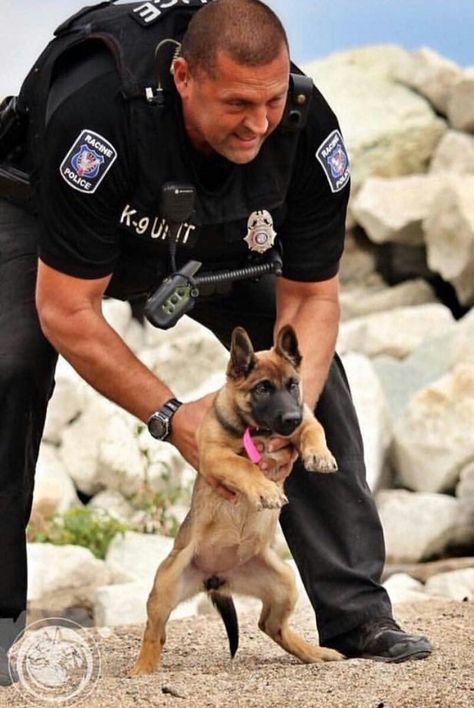
Most of the time, police dogs retire because of age. These dogs are highly intelligent and work hard throughout their lives, first in training and then in active service. By age 7 or 8 (or sometimes up to 10 or 11), they’re ready to hang up their K-9 badges and spend their remaining years relaxing.
While police dogs are incredibly well-trained, the stress of the job can have unintended consequences, including anxiety and depression. Dogs who retire from the police force may exhibit negative behaviors such as aggression, separation anxiety, or post-traumatic stress disorder. As such, they may require additional training in retirement or even re-socialization.
This isn’t to say that adopting a retired police dog isn’t worth it. In many cases, adopting a retired police K-9 is an incredible opportunity to provide a chance for a working dog to be just, well, a dog. If you’re interested in pursuing this type of rescue, read on for the steps that you’ll need to take.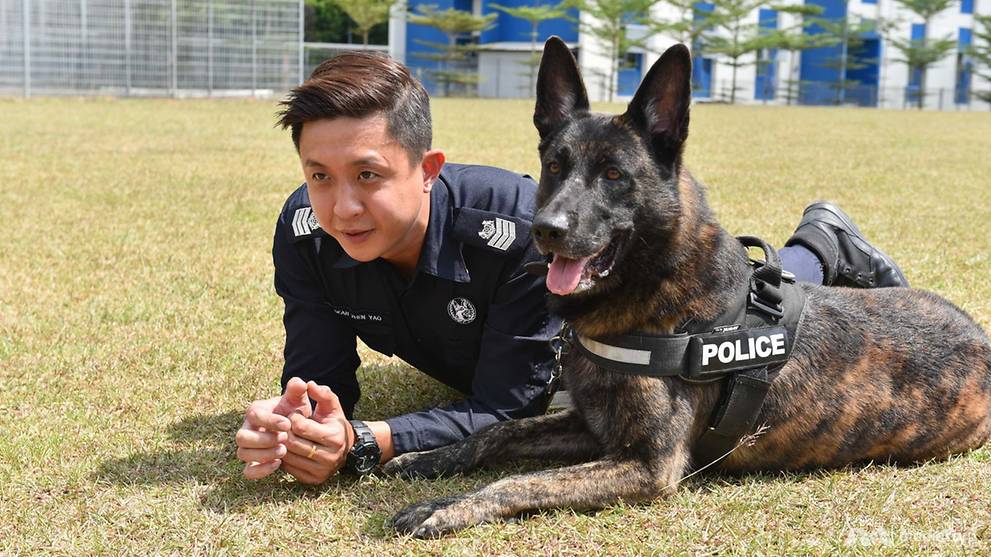
Police dogs form intensely strong bonds with their handlers in the line of duty. As such, their handlers are always the first choice for adopters when the dogs retire. In most cases, these dogs do go on to live carefree lives as family pets with their police partners.
Usually, opportunities for civilians to adopt retired police dogs only occur if a dog’s handler passes away or cannot otherwise care for him or her. Sometimes, dogs who “failed” out of police dog training and never actually performed active service become adoptable. In both cases, other law enforcement officers will be first in line to adopt, followed by the general public.
There is no organization strictly dedicated to adopting retired police dogs. Instead, organizations like the National Police Dog Foundation and the Retired Police Canine Foundation assist handlers with things like medical care and training for their retired pups.
Mission K9, however, is an organization that assists former working dogs in many ways, including arranging civilian adoptions.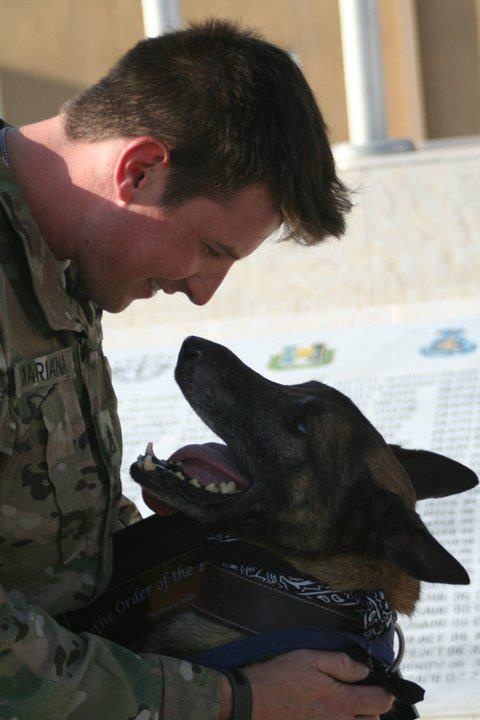 To find out more about their adoption procedure, as well as the process for adopting a retired police dog, visit their “Adopt” page.
To find out more about their adoption procedure, as well as the process for adopting a retired police dog, visit their “Adopt” page.
Your best bet for adopting a retired police dog is to do the legwork yourself, calling local police stations and K-9 officer training facilities and inquiring directly. If a police department or training organization does have a dog for adoption or expects that they will soon—either because the dog is retiring from the force or deemed unfit for service—they’ll be able to fill you in on the exact adoption process and any adopter requirements. Do note that waiting lists can take time, and it may be years before a dog is available for you.
The process to adopt a retired or “failed” police dog isn’t an easy one, nor is there a guarantee that a dog will be available or you’ll be successful in your application. If all the moving parts do come together, adopting a dog whose service has ended is a truly impactful way to give a happy ending to dogs who have worked hard to protect and serve the people around them.
The life of a police dog isn’t always easy. Like their handlers, police K-9s frequently face high-stress situations and life-threatening dangers. Adopting a retired police dog is an opportunity to provide a canine a chance to just be a pet in their final years, with all of the love and spoiling that goes along with it.
Rescuing a pet is a fantastic way to make a difference. If a retired police dog isn’t available, look through the TSA Dog Adoption Program, or consider just heading to your local shelter. There are millions of dogs and cats in need of homes, and many would be delighted to find forever with you.
Do you admire working dogs specially trained for police, customs or military to perform various tasks? From a certain age police dogs retired from service. Many police officers who have worked with these dogs for a long time take them home, but not everyone is so lucky.
Many retired police dogs is waiting for a new family to spend their life evening with. Today we bring you a club that is trying to find foster families for police dogs. nine0005
Today we bring you a club that is trying to find foster families for police dogs. nine0005
Reading tips: friendship between two cruel dogs . Association President Cristina Cifuentes assures that these wonderful working dogs deserve a great place to live.
In their active time, these dogs rescued people, searched for drugs, fought terrorists or searched for survivors during disasters. nine0003 At about 10 years of age, these service dogs retire. However, there are not always enough families who are willing to get older Dogs. In most cases, responsible police officers take dogs home with them.
Since its inception two years ago, the Heroes de Cuatro Patas Club has managed to give a home to 100 retired police dogs. every day you work hard to find families for dogs. Even the police, who cannot have dogs at home, help.
After the work done, the dogs are also in need of age Affection and care.
You have rendered great services and earned yourself a good evening of life! nine0005
Another interesting article: what your dog's sleep position reveals about his character
Adoption of retired police dogs
this fund works with Guardia Civil and Servicio Cinológico together to find, become a home for those dogs which cannot be brought to bear by the responsible police officers. As soon as the exceptional abilities of these dogs decrease in age, they retire. Sometimes young animals are also released for adoption who do not have the necessary skills to work as a police dog. nine0005
"Heroes de Cuatro Patas" is trying to create a national network to pass on retired police dogs to the families they are in age care. however these should be people who are caring and devoted, and an adult dog's needs to know: calmness, warmth, a good bed and lots of love.
Reading Suggestion: The Easiest and Safest Way to Cut Your Dog's Nails
The adoption process is done carefully because the right person must get the right dog.
nine0004 this takes into account the nature of the animal and the possible owner of the dog. After adoption, specialists will be available for consultation and monitoring.
association is available for all units of dogs, not just for police dogs, no matter what force or organization you belong to: security forces, civil protection, fire protection, private security, military, dog-service enterprises, etc.
Anyone interested in bringing a retired police dog can contact the club directly. nine0005
Where to get a pet with combat experience
Police officers will be able to keep four-legged companions after they leave "for a well-deserved rest." If they do not have such an opportunity, then the dogs and horses will be given to a shelter or to any person who wants to provide a happy old age to the tailed "veteran".
The rules for the transfer of service animals to new owners are defined in the draft order of the Ministry of Internal Affairs, the public discussion of the document will last until July 16.
"Parliamentary newspaper" figured out how our smaller brothers are "retiring" from law enforcement agencies. nine0005
From service to good hands
Service animals in the draft order are horses and dogs. Both those and others, after culling, will be offered to be taken away first of all by cavalrymen or dog handlers who worked with them. To do this, they will need to submit a report. If they do not do this within five days, or for some reason they are refused, the animals will begin to look for other owners.
At first they will try to sell hoofed "pensioners". Horses are looking for buyers in the same way as for “morally obsolete”, unused and decommissioned cars, computers, refrigerators, simulators, chairs and other movable property. If no one wants to buy an elderly horse in six months, then it will be given to those who wish free of charge. Service watchdogs immediately begin to attach in good hands, they cannot be sold. nine0005
Announcements on the search for new owners for retired horses and dogs will be placed in local media and on the websites of regional bodies of the Ministry of Internal Affairs, and information will be transferred to animal shelters.
Until the transfer of the four-legged "employee" to the new owners, he remains on the same allowance in the authorities.
ATVs, security guards, sappers
Service animals are usually used by law enforcement and the military. Mounted detachments patrol the area where cars or motorcycles cannot pass. Horses are indispensable in the mountains: thanks to them, rescuers can reach tourists lost in the mountains or pull a wounded person out of the forest. nine0005
Efficient work of cavalrymen at public events: sitting on a horse, the riders are above the crowd, which means they have a better view and more opportunities for operational actions. “In addition, the horse has a frightening effect on offenders, with its use there are more advantages in dispersing hooligans and eliminating riots,” the former commander of the Vityaz OSN of the Internal Troops of the Ministry of Internal Affairs, reserve colonel Nikolai Solovyov , explained earlier to Parliamentary Newspaper.
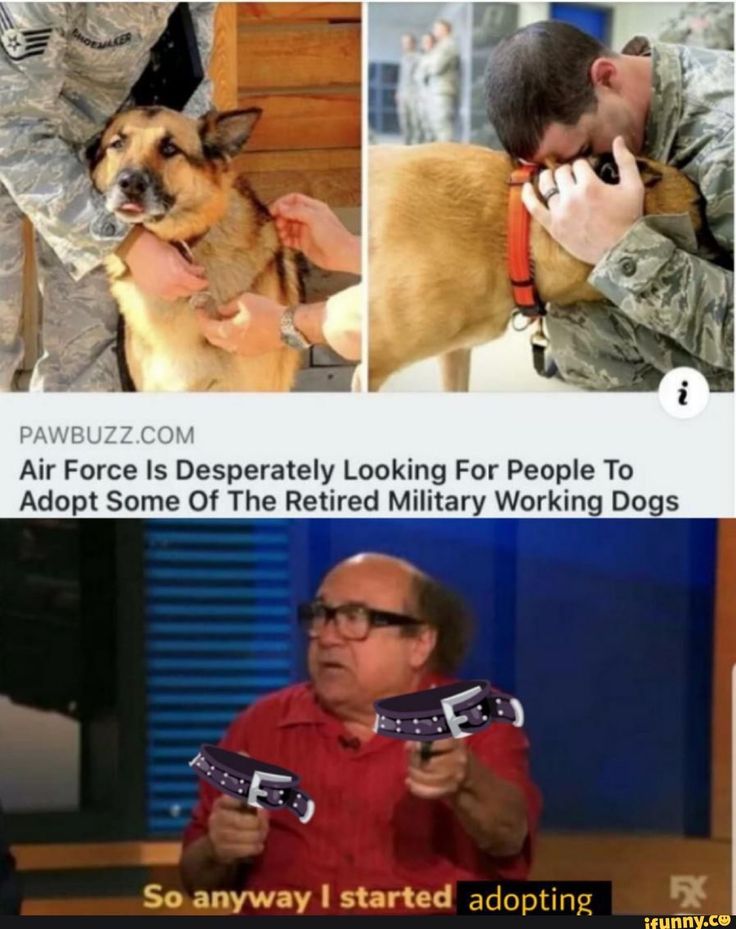
All law enforcement agencies have canine services - the Ministry of Defense, the Ministry of Internal Affairs, the FSB, the National Guard, the Federal Penitentiary Service and others. Mukhtars serve on the border, help patrol the streets, detain criminals, catch up with escaped prisoners, guard territories and free hostages. The search for criminals, missing people, evidence, drugs and weapons is not complete without them. The excellent scent of these animals is used by criminologists for the examination of physical evidence. And in the Arctic regions, the military often uses dog sleds to move around. nine0092
No other technique has yet matched the dog's nose in detecting camouflaged bombs. During the Great Patriotic War, dogs saved thousands of lives by helping clear houses and streets. To this day, tailed sappers are the most faithful helpers in hot spots.
How they retire
Service animals have almost the same reasons for “retiring” as people do: age and health.
